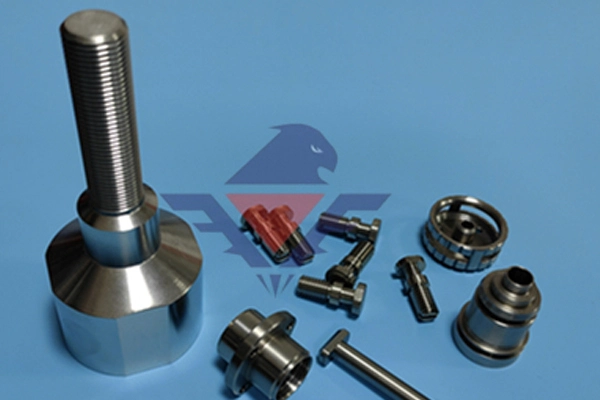
# Swiss Machining: Precision and Efficiency in Small Part Manufacturing
## Introduction to Swiss Machining
Swiss machining, also known as Swiss screw machining or Swiss turning, is a specialized manufacturing process that excels in producing small, high-precision parts with exceptional accuracy and efficiency. Originating from Switzerland’s watchmaking industry in the late 19th century, this technology has evolved to become a cornerstone of modern precision manufacturing.
## How Swiss Machining Works
Keyword: Swiss Machining
The Swiss machining process utilizes a unique sliding headstock design that allows the workpiece to move axially while being machined. This fundamental difference from conventional lathes provides several advantages:
– The workpiece is supported very close to the cutting tool, minimizing deflection
– Multiple tools can work on the part simultaneously
– Complex geometries can be achieved in a single setup
– Exceptional precision is maintained even with long, slender parts
## Key Advantages of Swiss Machining
### Unmatched Precision
Swiss machines can hold tolerances as tight as ±0.0002 inches (±0.005 mm), making them ideal for medical devices, aerospace components, and electronics where precision is paramount.
### High Production Efficiency
The ability to perform multiple operations simultaneously significantly reduces cycle times. A Swiss machine can often complete parts that would require several operations on conventional machines.
### Material Versatility
Swiss machines work effectively with a wide range of materials including:
– Stainless steels
– Titanium alloys
– Brass and copper
– Plastics
– Exotic alloys
## Applications of Swiss Machining
Swiss machining has found applications across numerous industries:
### Medical Industry
From surgical instruments to implantable devices, Swiss machining produces the tiny, complex components that modern medicine requires.
### Aerospace
Critical aircraft components, especially those requiring high strength-to-weight ratios, benefit from Swiss machining’s precision.
### Electronics
Connectors, pins, and other miniature electronic components are efficiently produced using Swiss machining techniques.
### Automotive
Fuel injection components, sensors, and other precision automotive parts are commonly manufactured using Swiss machines.
## Choosing the Right Swiss Machining Partner
When selecting a Swiss machining service provider, consider:
– Experience with your specific industry requirements
– Quality certifications (ISO, AS9100, etc.)
– Material expertise
– Secondary processing capabilities
– Volume flexibility from prototyping to production
## The Future of Swiss Machining
As manufacturing demands continue to push for smaller, more complex parts with tighter tolerances, Swiss machining technology is evolving with:
– Advanced CNC controls
– Improved tooling materials
– Integration with automation
– Enhanced monitoring systems
These advancements ensure Swiss machining remains at the forefront of precision manufacturing for years to come.